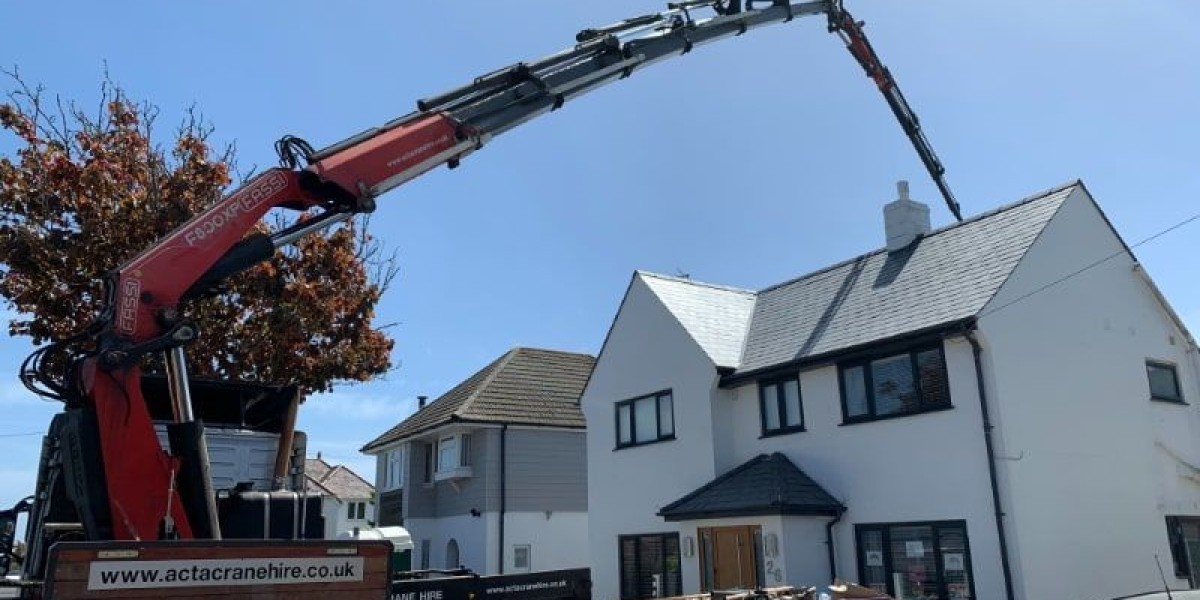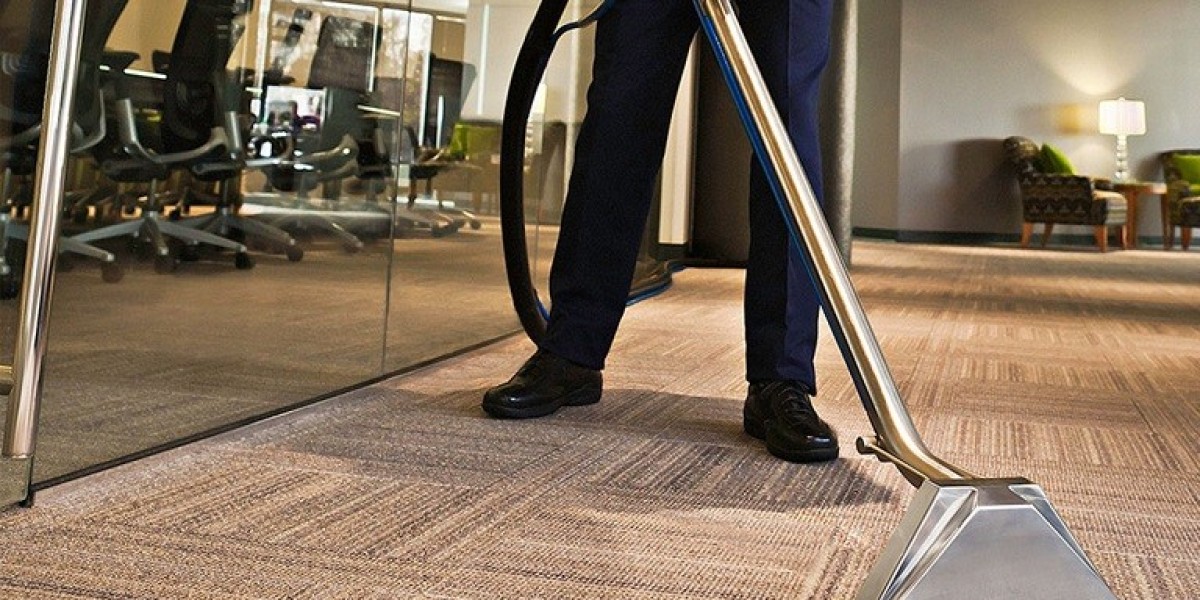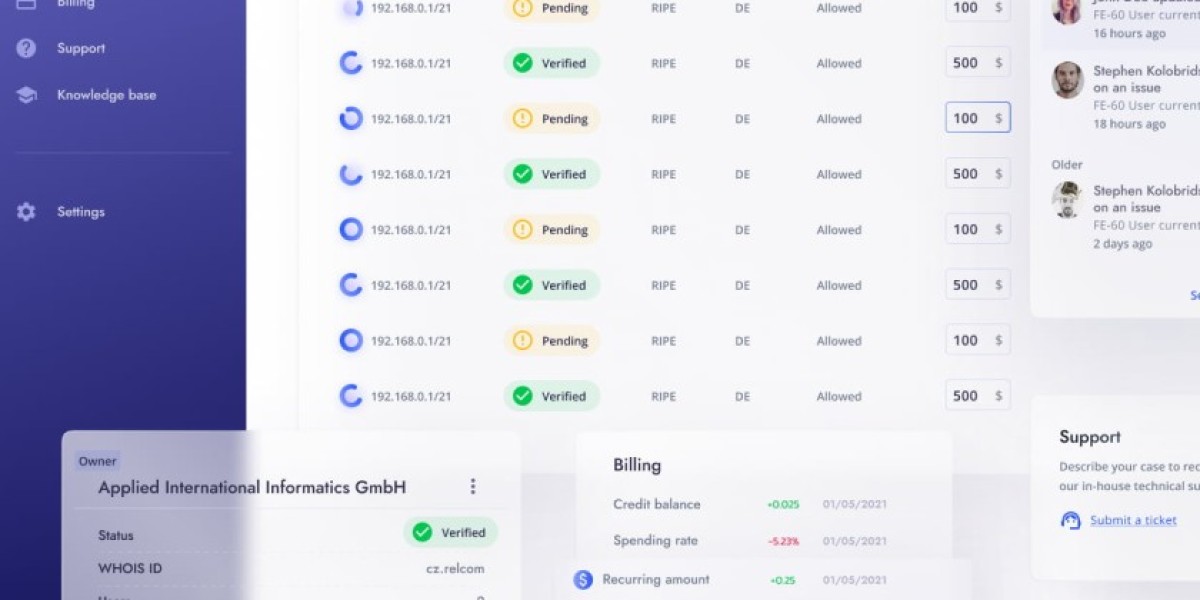Hiring a crane can seem straightforward, but one wrong decision can cause serious delays, safety risks, or budget overruns. Construction and lifting operations need careful planning, and choosing the right crane service is a big part of that.
To make sure your lift goes smoothly, avoid these common mistakes that many project managers and contractors make during crane hire.
Not Knowing the Exact Load Requirements
One of the most frequent, and costly, mistakes is underestimating the weight or dimensions of the load.
Cranes are built for specific capacities and reach limits. Hiring a crane that’s too small for your task could result in failure, safety hazards, or the job being cancelled on the day of the lift. On the other hand, overestimating your needs could lead to hiring a larger, more expensive crane than necessary.
Before booking, make sure you know:
The exact weight of each item being lifted
The lift height and radius
The load dimensions (especially if it's wide or awkwardly shaped)
Ground conditions and access limitations
Share this information clearly with the crane hire provider so they can match you with the right machine.
Skipping a Site Survey
A proper site survey is essential for safe crane operations. Without one, the hire company may not be able to assess ground conditions, site access, overhead obstructions, or space for crane setup.
Trying to operate a crane in a tight or unsuitable space can lead to serious accidents or costly delays.
Always request a site survey before the lift. Reputable providers will visit your location, evaluate the conditions, and suggest the best crane type for your project. This step helps eliminate surprises on the day of the job.
Hiring Without an Operator or Crew
Some assume that hiring a crane means getting a fully operated machine. That’s not always the case.
Some hire packages are "bare hire," where only the crane is provided. Without a certified operator or lift supervisor, your team may not have the qualifications to run the equipment legally or safely.
Crane operation in the UK requires certified professionals under industry regulations. Always check if the hire includes:
A qualified operator
A lift supervisor (for complex jobs)
Riggers or slingers (if needed)
Hiring a full-service team ensures that your lift runs efficiently and within health and safety guidelines.
Failing to Check Certifications and Compliance
Crane lifting is governed by strict safety laws. If the crane or operators aren’t certified, your entire job could be shut down or penalised.
Don’t assume all crane hire services are compliant. Always check for:
LOLER certificates for lifting equipment
PUWER compliance for safe machinery use
CPCS or NPORS qualifications for operators
Method statements and risk assessments for the lift
A good crane hire company will provide these documents without hesitation. If they don’t, it’s a red flag.
Companies like crane hire Southampton handle all compliance, certification, and safety checks as part of their service, so you can focus on the job at hand.
Overlooking Insurance Coverage
Accidents happen, and crane operations carry risk. You need proper insurance to protect your project, your people, and your investment.
One major mistake is assuming the crane hire company automatically covers everything. In reality, policies vary.
Make sure you confirm:
What’s included in their public liability insurance
Whether the crane and operator are insured
If third-party property damage is covered
Whether you need to provide your own contract lift insurance
Never start a lift without understanding who holds responsibility in the event of an incident.
Choosing the Cheapest Option Without Checking Reputation
It’s tempting to go for the lowest quote, especially if you’re working within a tight budget. But when it comes to crane hire, cheaper doesn’t always mean better, or safer.
Cut-price hire companies may:
Use poorly maintained or outdated equipment
Offer inexperienced operators
Skip lift planning or surveys
Delay delivery or service
All of these can end up costing you far more in time, safety risks, and project delays.
Instead, look for providers with:
Strong online reviews
Case studies or references
Clear, transparent pricing
Proven industry experience
A trusted crane hire service brings more than equipment, they bring reliability, planning, and peace of mind.
Not Understanding What’s Included in the Quote
Many hire agreements include more than just the crane, but not always. Failing to ask what’s included can leave you unprepared or stuck with unexpected costs.
Before confirming the hire, check whether your quote covers:
Delivery and collection
Setup and dismantling
Operator and crew
Fuel or standby time
Site survey and lift planning
Insurance
Clarifying these details helps you avoid surprise fees and plan your budget accurately.
Ignoring the Importance of Lift Planning
Lift planning isn't just paperwork. It’s the backbone of a safe, efficient crane operation.
If your provider doesn't offer a full lift plan, you could face legal trouble, site delays, or even structural damage. A good lift plan includes:
Load and site analysis
Method statement
Risk assessment
Traffic or pedestrian management (if needed)
Emergency procedures
A professional hire company handles this on your behalf, often including it in the hire package.
Not Having a Backup Plan
Even with the best planning, things can go wrong, bad weather, equipment issues, or site delays.
Make sure your crane hire service has a backup plan. Ask what happens if:
The crane breaks down on-site
The lift needs to be rescheduled
Ground conditions change last minute
Companies that are experienced in contract lifts usually have contingency options, spare equipment, or flexible scheduling that protect your project from disruption.
Final Thoughts
Hiring a crane is a key part of many construction and infrastructure jobs. But it’s not just about getting a machine, it’s about ensuring safety, compliance, and performance from start to finish. By avoiding the common mistakes listed here, you can make sure your lift is completed safely, on time, and within budget.








